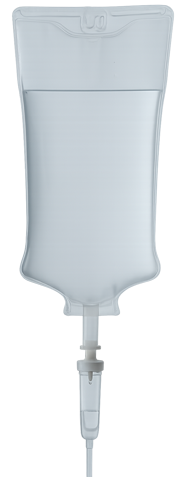An additional separate study (“Chicago Healthy Aging Study (CHAS)”) was conducted 40 years later between 2007-2010 with 1,395 survivors of the original CHA study who agreed to participate. They underwent another detailed examination of blood pressure, weight, height, cholesterol, glucose and other known risk factors for heart disease. Light exposure was also measured with an actigraphy device worn on the non-dominant wrist and tracked over seven days. The participants filled out a daily sleep diary.

Because this was a cross-sectional study, investigators don’t know if obesity, diabetes and hypertension cause people to sleep with a light on, or if the light contributed to the development of these conditions. Individuals with these conditions may be more likely to use the bathroom in the middle of the night (with the light on) or may have another reason to keep the light on. Someone with foot numbness because of diabetes may want to keep a night light on to reduce the risk of falls. The researchers stress that it is important for people to avoid or minimize the amount of light exposure during sleep. They are considering an intervention study to test whether a restoration of the natural light-dark cycle improves health outcomes such as cognition.
The researchers offered tips to reduce light during sleep:
- Don’t turn lights on. If you need to have a light on (which older adults may want for safety), make it a dim light.
- Color is important. Amber or a red/orange light is less stimulating for the brain. Don’t use white or blue light and keep it far away from the sleeping person
- Blackout shades or eye masks are good if you can’t control the outdoor light. Move your bed so the outdoor light isn’t shining on your face.
Sleep hygiene is extremely important to our overall health. If you’d like to schedule an appointment to discuss ways to improve yours, please contact us at LotusRain, to learn more.
Article source: Northwestern university







